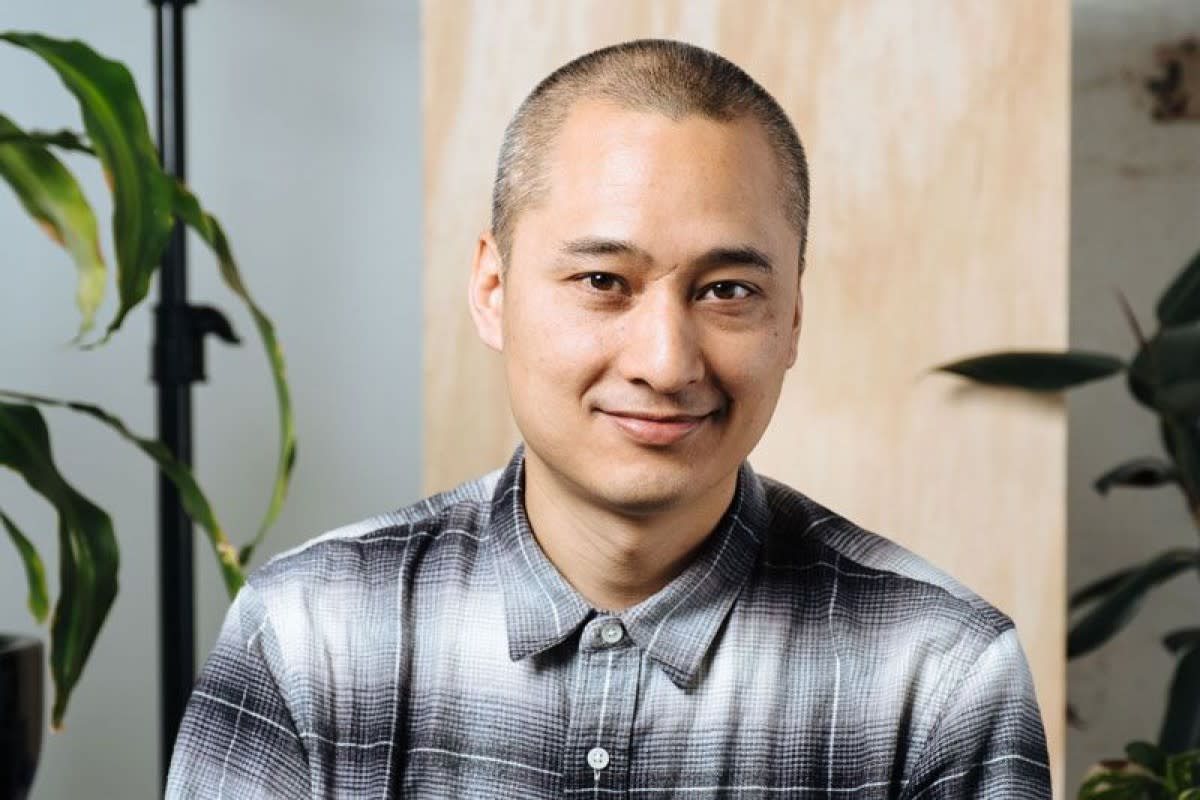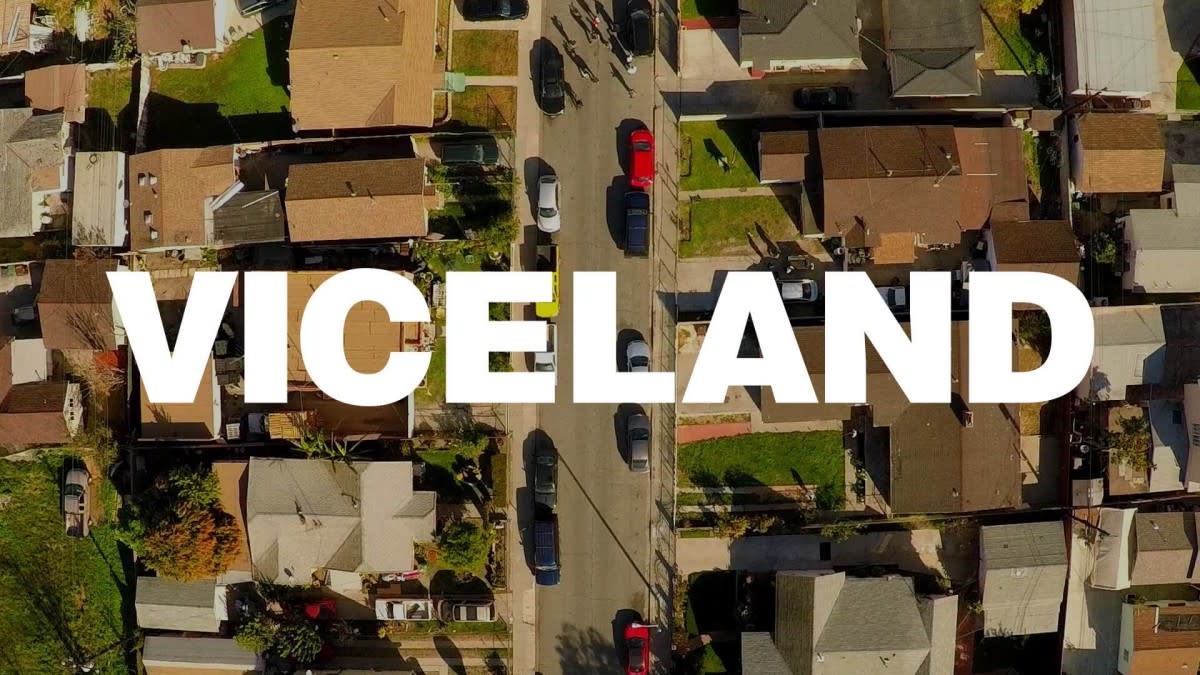Future State: How Vice Gets Creative

Royce Akers is the Creative Director of Vice Australia. That’s the same Royce Akers who once scored the very first interview with Julian Assange inside the Ecuadorian embassy in 2013, for the same Vice that once centered an entire issue around incarceration and asked kids at a juvenile justice centre to write the music reviews.
Nowadays, Akers oversees a breadth of creative work across the media empire's editorial, video and experience output while holding off the many brands desperate to bathe in the company's youthful glow. Are you one of those brands? Read on, friend...
Royce Akers will speak at Future State Sydney with Deus Ex Machina, The New York Times and many more. Go here for more info.
Hi Royce! How’s things over at Vice for you?
Well for starters this was our 15th year in Australia — my 10th at Vice — and while 15 isn’t a number you traditionally make a big thing about, it did lead to a bit of happy reflection. I started when there was around six or seven employees and we were very much focused on putting a magazine out each month. Now we’re much much bigger and we do many different things but the thing we as a company are still most excited about is the content coming out of our editorial and documentary teams. We had Mahmood Fazal win young writer of the year at the Publish Awards, probably the favourite award we’ve ever won. We launched a bunch of incredible docos and editorial projects that have made me very proud, even though I haven’t been involved in making them.
In terms of working with brands, we’ve brought a very diverse slate of projects to life. A game show about turning 30 for AHM, a trippy escape room for BMW. A lot of stuff that has been super fun and inspiring to work on, and we have a lot of great clients to thank. 2018 has felt like a year when people have just kinda been up for pushing the boat out a little bit.

Give us an insight into your office and team — how do you facilitate creativity internally? Are there any internal policies that you feel push the work to be better?
We try to keep things fun and as simple as possible. But there’s also accountability. Our goals as a company are high: we want to be an agent of change for young people. To do that, you need to continue to gain fans among a pretty tough demographic, and you need to work with brands in a way where everyone wins. So creativity is the imperative.
What does Vice know about young people that other businesses don't?
I don’t want to generalise about what different businesses know or don’t know. All we try to do is give young people stuff they’ll actually use, whether it’s entertainment or information or a way to engage with issues. For any of it to work, it needs to not just be relevant but look and feel relevant, and be served up at a relevant moment. Not saying we get it right every time but we used to talk about young people as bullshit detectors and this still holds true.

It could be said that we're moving away from the age of direct advertising and into setting brand messages more subliminally through content. What's your take on the most effective way to do this?
It’s a really interesting question but I disagree that content is subliminal advertising. Again, it’s about giving your audience something that is meaningful and additive to their everyday. There’s an old cliche that advertising is about making people feel bad: the product was always the solution to feeling whole again. I think advertising today, at least in terms of non-traditional advertising, is the opposite of that. Make people feel good, understood, and empowered enough and you shouldn’t have to hide your logo.
What is your top concern for the audience from a storytelling perspective?
It just has to feel like it’s for them. A lot of advertising these days seems way too in love with the strategy. A lot of TV ads are basically a person reading the strategy over stock footage. I totally sympathise—strategists are incredible people. But it’s a bit like moving out of your parents’ house. It can be hard but you gotta do it.
How do you guarantee creative freedom when working with brands that are not as bold as yourselves?
Well, we’re more than happy to start small and build trust along the way. We’re also very open to working collaboratively. But at the end of the day we know our audience and have a lot of data that helps us shape our content. We have a good track record of working with big, traditional brands and that hasn’t come from believing creativity happens in isolation from clients.
Vice has a huge cultural imperative to tell stories no one else will, as well as a business imperative to keep the lights on. How do you choose who wins when one of these outweighs the other?
That cultural imperative is the reason people choose to work at Vice. Lose that and there’d be nobody here to see if the lights work or not. That’s not to say conflicts don’t come up from time to time, but you just have to put the audience first and make the call.
Being within Vice's cultural magnet, what trends should we be looking out for in the creative market?
If this year is anything to go by, we’ve found our partners to be braver and more inspired than ever. The weird ideas that in previous years had zero chance of getting up have been in pretty good demand. As a result we’ve been able to make the game show and the escape room, as well as a series of shorts around violence with Amazon Prime, and a bunch of other strange things that we’re all really proud of. Not sure how the rest of the industry feels but in the ten years I’ve been here, this has been the one where I’ve most felt like we were doing everything for the first time. And we’ve done it while continuing to stand for something. And that’s brilliant.